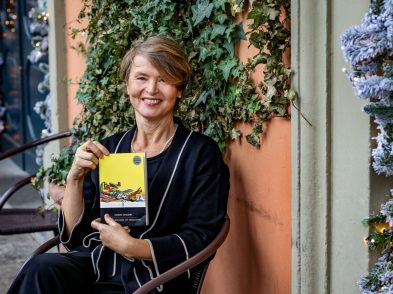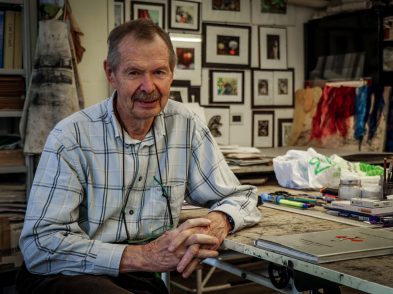Hours before opening her store, Ilaria Tolossi, owner and designer of Essère Atelier, visits an antique sartorìa to decide which fabrics will become a new dress. Minutes before visitors arrive at the Scuola del Cuoio, Beatrice Parri Gori, manager and granddaughter of one of the founders, makes sure all the purses are finished on time. These two women have one thing in common: they believe that handmade products aren’t objects, but rather reflections of craft, time and beauty. In a world in which everything is automated and instant, Essère and the Scuola del Cuoio strive to ensure that all of their products are thought, developed and created artisanally.
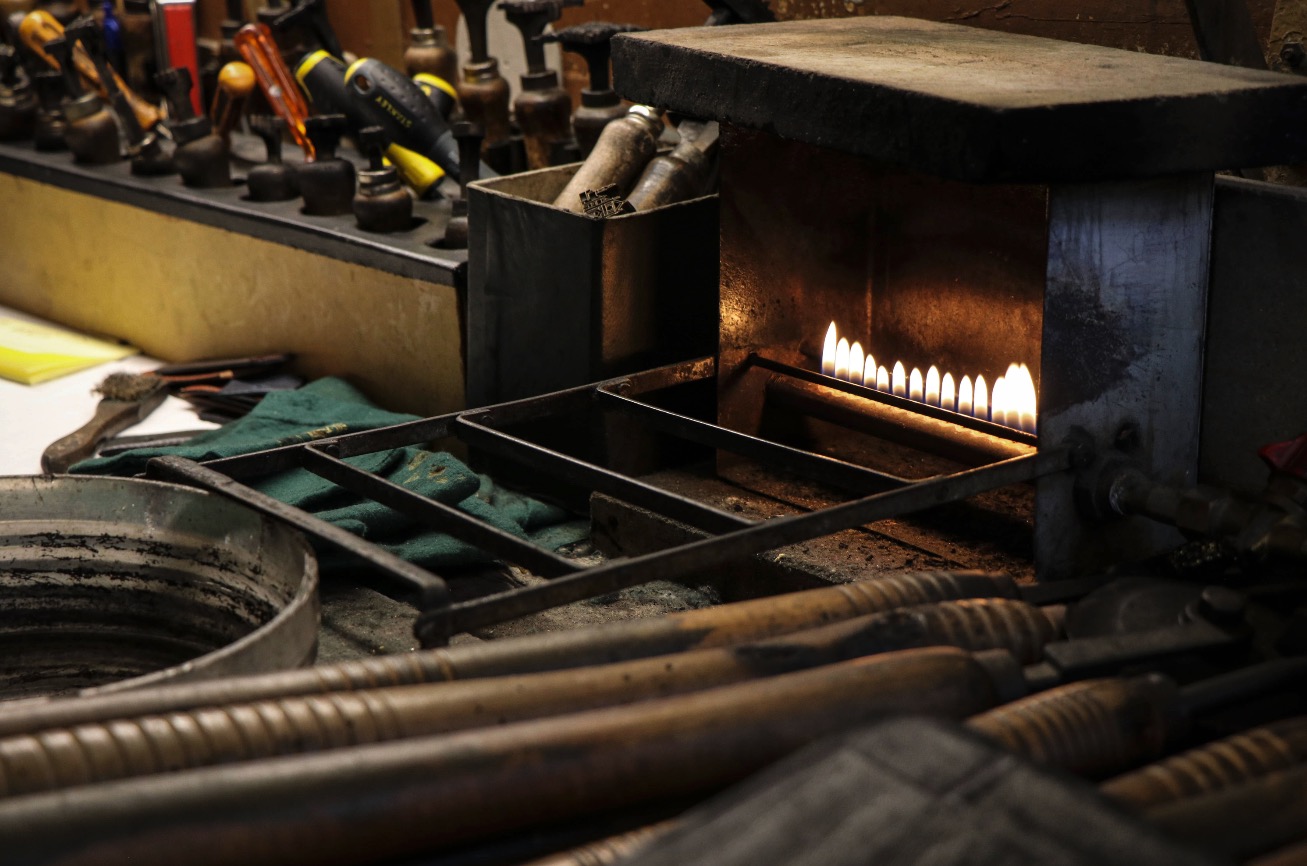
Crafting a purse at the Scuola del Cuoio. Ph. Antonia Mufarech
“Unfortunately, ‘Made In Italy’ has lost its meaning,” says Beatrice. “Most of the time, ‘Made In Italy’ doesn’t mean that a product was completely made in Italy, since a really small percentage of the product has to be made in Italy to be considered ‘Made In Italy’. That is why we prefer to say that our products are Made in Florence.”
After World War II, the Gori and Casini families, Florentine leather artisans, alongside the Franciscan friars of the Monastery of Santa Croce, founded the Scuola del Cuoio. Their goal was to teach orphaned children a practical trade so that they could earn a living. Eventually, the demand for these handcrafted products grew and the business started welcoming internationally recognized visitors. With the passing of founders Marcello Gori and Silvano Casini in 2003, the Gori family continues to be committed to delivering handmade quality products.

Ilaria Tolossi, owner and designer of Essère Atelier. Ph. Antonia Mufarech
After working for several fashion designers such as Loewe and Emilio Pucci, Ilaria Tolossi decided that she wanted to start a business. In 1997, Essère Atelier was founded in Florence. Nowadays, Ilaria Tolossi creates handmade unique pieces for various customers. Choosing the fabrics is Ilaria’s favorite part. The most recent fabrics that she bought, which were from an old sartorìa that closed, include wool and silk pieces from the 1960s. “I always say that fabrics talk to me,” says Ilaria. “Buy me, I can be a beautiful dress!” Every piece is a work of art: the colors, the shapes, and even the presence required in order to create it.
“I am constantly thinking about what to do and how to do it, even during the weekend and at night. Essère is with me everyday, every moment,”she says. Ilaria hopes that her clients understand all the time and care that she puts into every piece. “Everybody asks, why is it Essère? Essere means “to be,” but the extra accent is the love I put into each piece.”
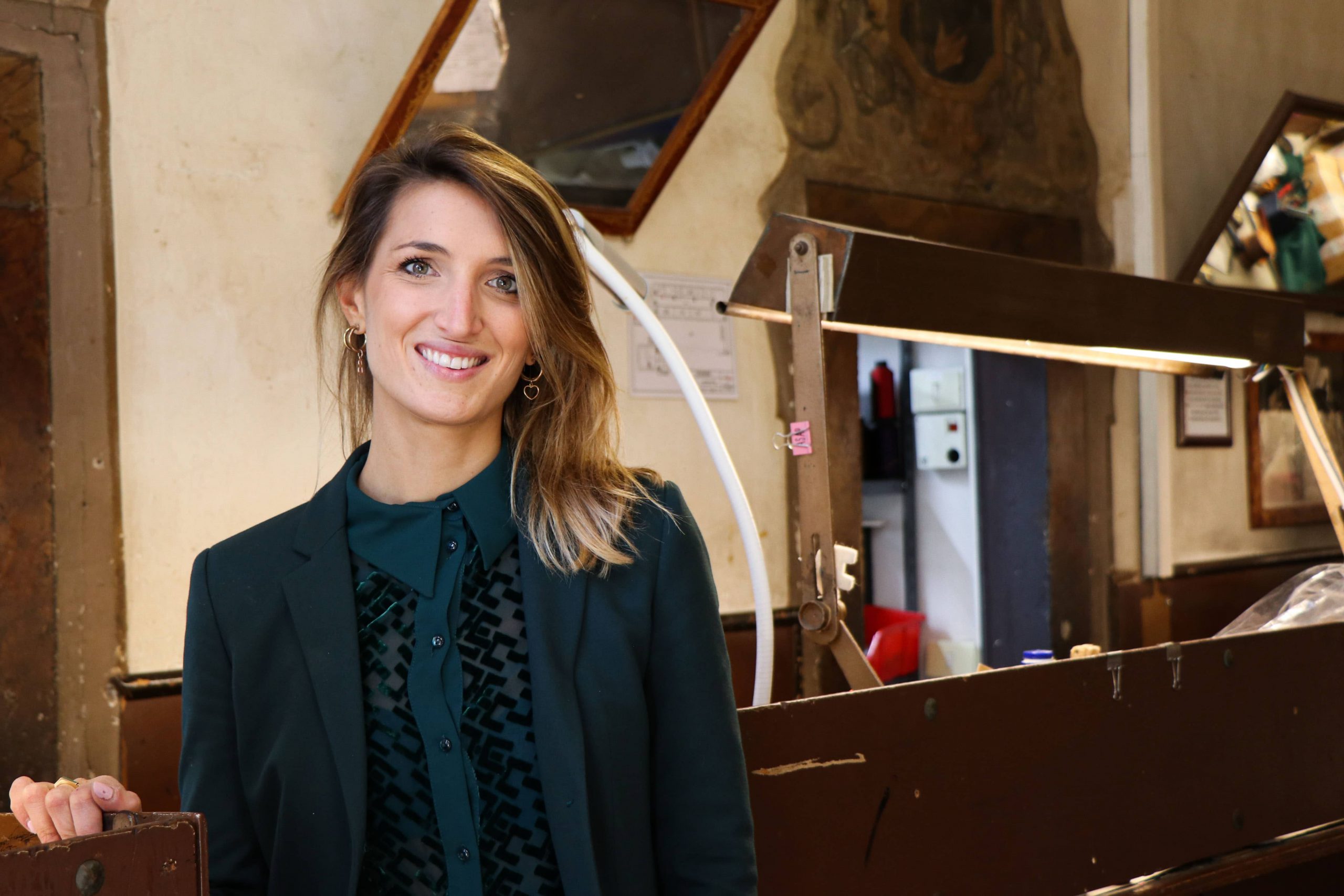
Beatrice Parri Gori, manager of the Scuola del Cuoio. Ph. Antonia Mufarech
Beatrice’s case is similar, as she says that the products made at the Scuola del Cuoio are not only handmade, but also pensato a mano or “hand thought”. In other words, there is a story behind each purse, wallet and jacket. “It’s not just pieces of leather that we put together and the product is ready. It’s something that we all select, design and create as a team,” she says.
Even though the quality of the products is important for the Scuola del Cuoio, the atmosphere is the aspect that makes this leather school and shop stand out. “It’s not just a business for us,” says Beatrice. “When visitors come to see the artisans working, we want to offer them an atmosphere of love toward what we create.” Beatrice says that, by treating everyone as part of the family, her grandfather, Marcello, did not only pass on his passion for leather, but also for working and maintaining everyone together.
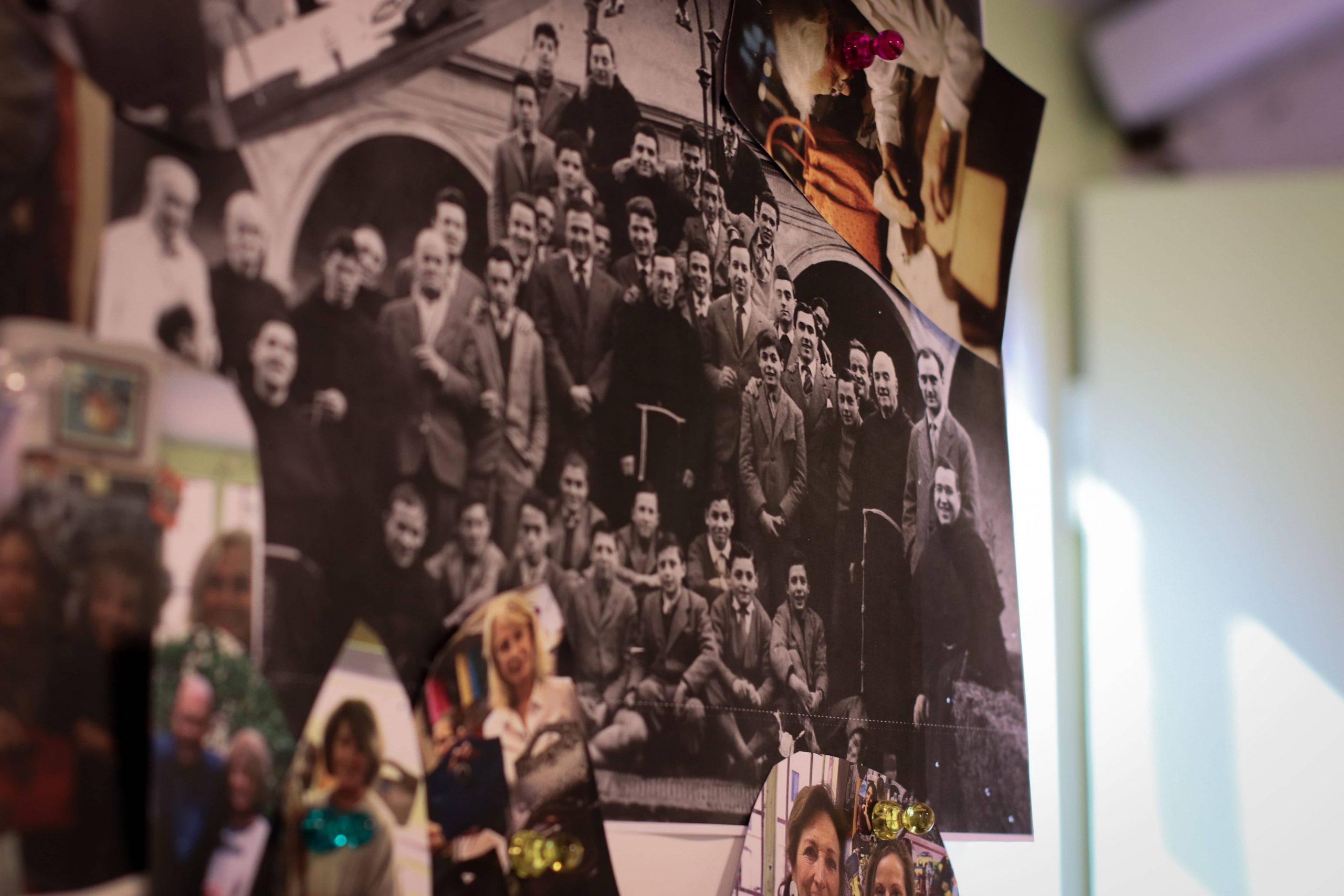
Photograph featuring some of the first students of the Scuola del Cuoio, the orphans of the boy’s town of Pisa,“La Città Dei Ragazzi”
Carlo Sieni, one of Beatrice’s grandfather’s first students in the 1950s, was about 15 years old when he was first introduced to the Scuola del Cuoio and continued working there for almost 70 years, until he passed away in 2018. “It was unbelievable to watch him while he worked. His hands were like magic,” explains Beatrice. “I’m really proud and thankful for my grandfather. Even though he hasn’t been with us for almost 10 years, we are still like a big family. It’s beautiful because his legacy continues to be passed on,” says Beatrice.
Both businesses share a passion for keeping the tradition of craftsmanship alive. “Essère is like one of my children,” says Ilaria. “So, I need to love it. Otherwise I couldn’t work for this.”

Ilaria Tolossi putting the final touches to her piece at Essère Atelier. Ph. Antonia Mufarech
By creating every piece with presence, artisans in Florence continue to preserve the essence of their city. “In Florence, we are used to beauty and very special things. I feel lucky to stare at the sunset or to look at the Duomo in a particular light of the day—even if I’ve been here all my life. When you are used to being surrounded by beauty, you want to create beauty,” concludes Ilaria.

